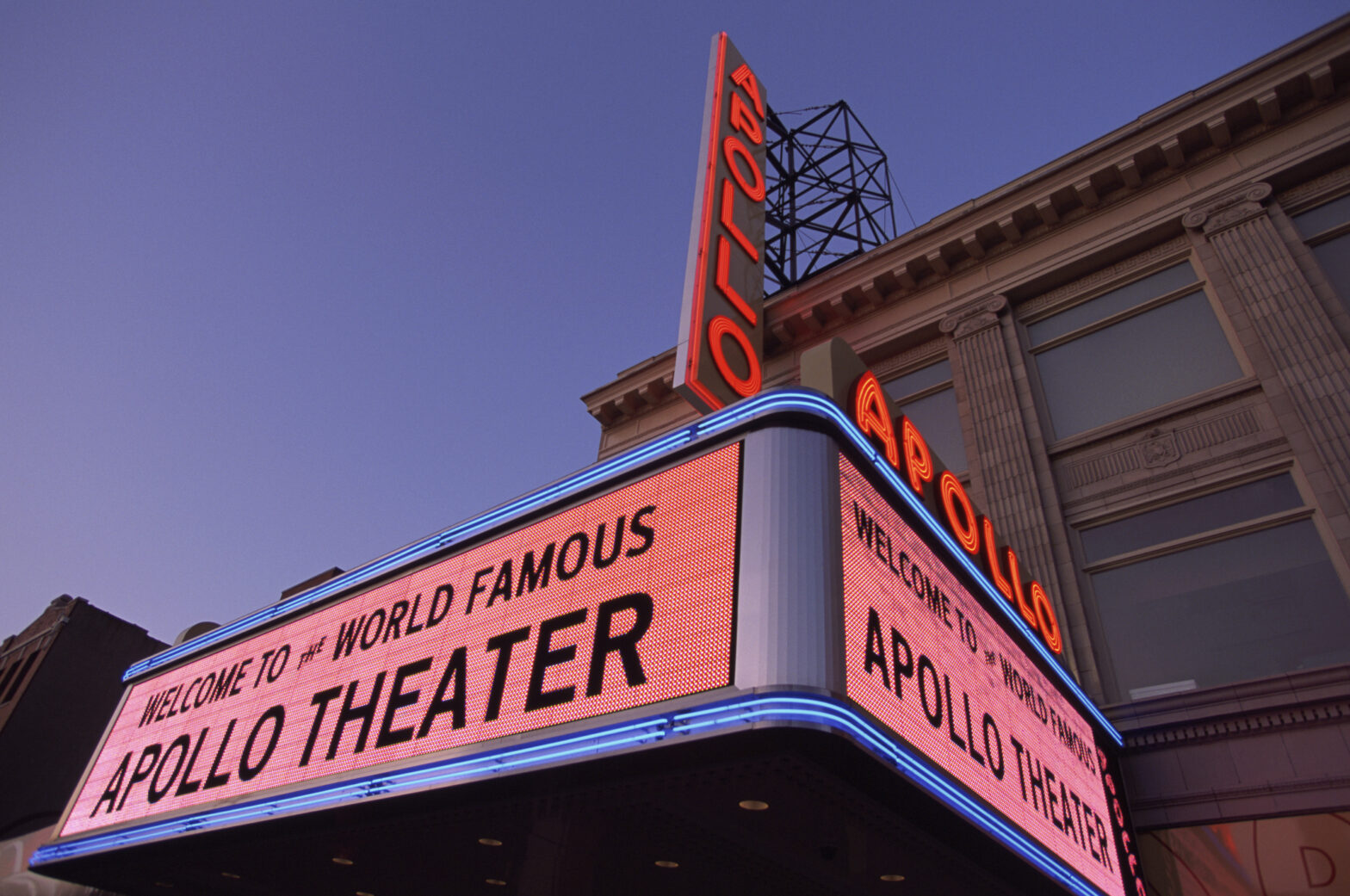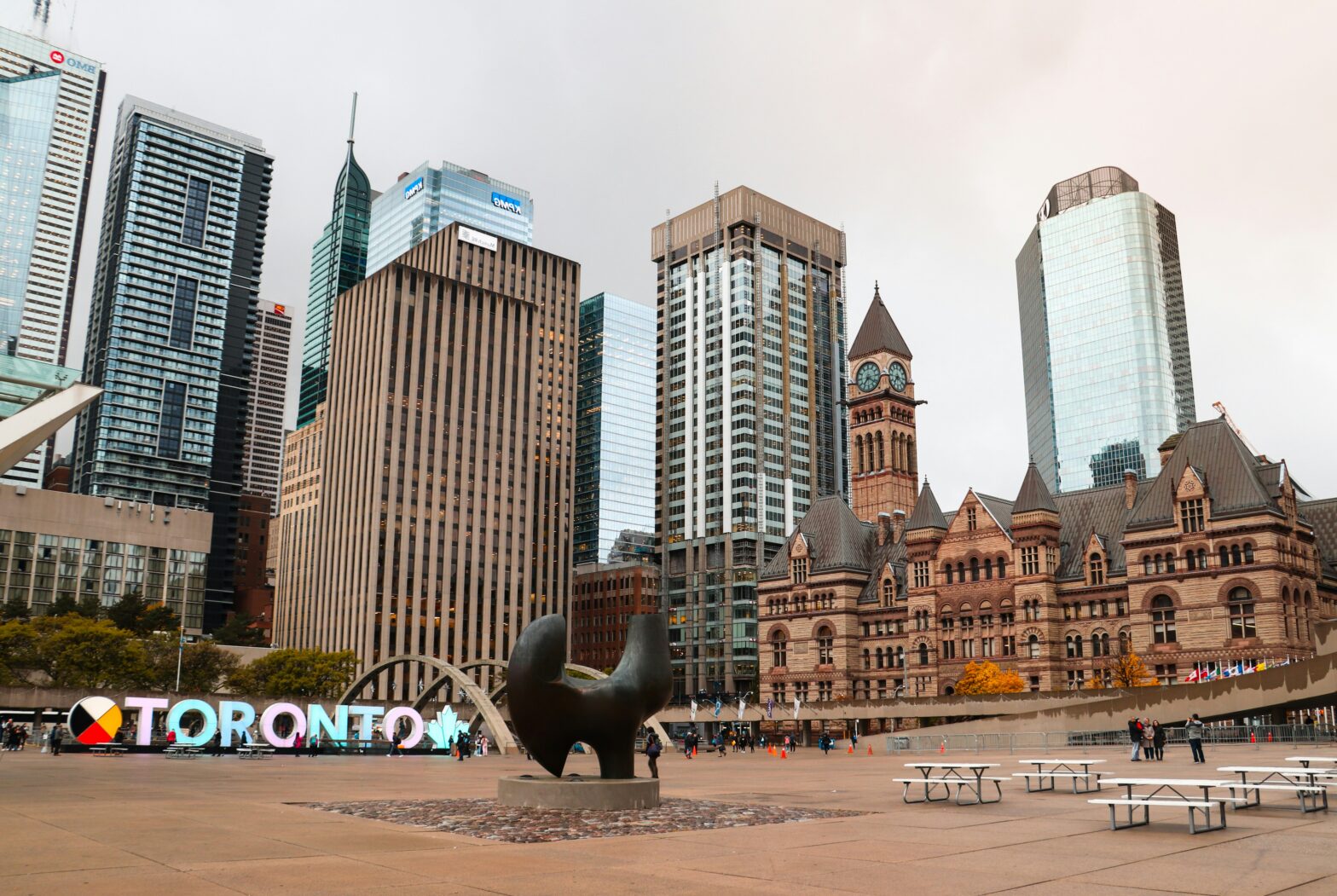In a move that has thrilled adventurers, China has officially announced the reopening of Mount Everest to foreign climbers. This significant development comes after a period of closure due to global health concerns. The reopening marks a momentous occasion for the mountaineering community and travelers seeking the ultimate challenge. As the world’s highest peak, Mount Everest has long captivated the imaginations of many. It represents a physical and symbolic journey toward achieving the extraordinary.
Standing at a height of 29,032 feet above sea level, Mount Everest is the pride of the Himalayas. This colossal mountain, which straddles the border between Nepal and the Tibet Autonomous Region of China, has captivated climbers from across the globe. The mountain gives them the ultimate endurance, willpower, and spirit test. Since Sir Edmund Hillary and Tenzing Norgay’s historic ascent in 1953, over 4,000 individuals have successfully reached its summit, joining the ranks of some of the most accomplished mountaineers in history.
Best Times to Visit
Choosing the right time to embark on this epic adventure is crucial. The optimal climbing seasons on Mount Everest are during the pre-monsoon period of late April to early June and the post-monsoon period of September to October. These windows offer the most stable weather conditions, crucial for a successful ascent. However, it’s important to note that weather on Everest can be unpredictable, and climbers should always be prepared for sudden changes.
Costs Associated With Climbing
Setting off on a voyage to the peak of Everest is incredibly strenuous and costly. The cost of climbing Mount Everest can vary widely, depending on the expedition company, the required support level, and the route taken. On average, climbers can expect to spend anywhere from $30,000 to $160,000. This includes permits, which alone can cost up to $11,000, as well as expenses related to gear, travel, insurance, and the support of experienced guides and Sherpas. While the cost is substantial, the experience is invaluable and worth every penny for many.
Average Duration of a Successful Climb
Climbing Mount Everest is more like a marathon than a sprint. A successful climb typically requires about two months. This period allows for acclimatization to the high altitude and waiting for the optimal weather window to make the final push to the summit. Climbers spend weeks at base camp and gradually ascend to higher camps to adapt their bodies to the thinning air. The summit push usually begins from the highest camp and takes 12 to 15 hours.
Preparation and Safety
Climbing Mount Everest is a daunting task that requires extensive mental and physical training. Aspiring mountaineers should be in peak physical shape and have substantial expertise in climbing high altitudes. To prepare for the challenges of climbing Everest, one should do aerobic and strength training as well as high-altitude hiking. Before setting out on this adventure, climbers should research and choose an expedition company with a history of safe and successful Everest climbs. In addition to purchasing high-quality equipment, you should be ready for the harsh cold, health problems like altitude sickness, and any other surprises that may arise.





